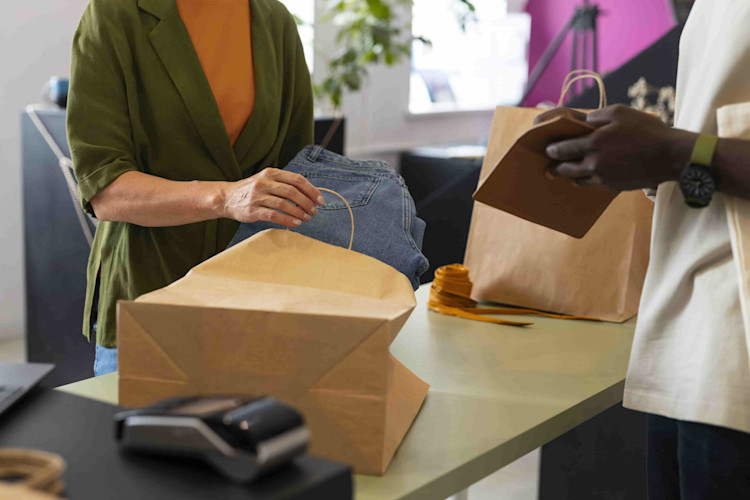The Silent Shift: How UK Retailers Are Redesigning Packaging for a Greener Future

The UK retail sector is in the midst of a transformative shift in packaging, one that concentrates less on tiny changes and more on large-scale transformations. Major retailers are rethinking packaging formats for consumer convenience and driving systemic change across the supply chain. From converters and material suppliers to logistics providers, the ripple effects are substantial.
Retailers Redesigning at Scale
Aldi, for instance, has doubled the length of its toilet rolls, a deceptively simple move that cuts plastic use in half. This SKU re-engineering has deep implications for flexible film converters, requiring recalibration of sealing properties, roll winding, and outer case packaging. Moreover, fewer units per pallet mean taller stacks and reduced transportation frequency, translating into fewer emissions and a more sustainable distribution model.
Material Shifts with Environmental Purpose
Marks & Spencer is pushing the envelope with plastic-free, recyclable cups that use no polyethylene lining. This move demands new solutions in barrier coating technologies, like aqueous dispersions and mineral-based coatings. Board manufacturers and converters must now prioritize plastic-free barrier substrates that don’t compromise on liquid resistance or visual appeal.
Read More: The Future of Sustainable Packaging: Embracing Eco-Friendly Solutions
Similarly, Sainsbury’s has transitioned its detergent line from HDPE bottles to liquid-holding cartonboard. This structural innovation serves two purposes: One, it shifts the material base to a more recyclable option, and two, it introduces engineering challenges in sealing, water resistance, and impact durability. Packaging teams must adapt lines to accommodate integrated spouts and precision pouring features.
Minimizing Plastic Through Structural Innovation
Tesco is also playing a critical role in packaging sustainability with its shift to cardboard boxes for laundry pods. The move eliminates more than 250 tonnes of plastic annually. However, this format demands advanced paperboard solutions capable of withstanding moisture, offering child resistance, and ensuring structural integrity, all while remaining kerbside recyclable.
Lidl, meanwhile, is pursuing a dual-front sustainability approach. It has adopted high-barrier shrink film for vacuum-packed beef mince, cutting plastic use by two-thirds while maintaining fresh meat standards. Additionally, its bottled water now includes Prevented Ocean Plastic™, increasing the demand for certified rPET supply chains and traceability.
Also Read: Top 10 Sustainable Packaging Strategies in 2023
Retailers’ Role: Packaging Architects
This evolving landscape highlights a new reality: UK retailers are no longer passive consumers of packaging but are design architects. They’re specifying materials and formats that align with functional needs and brand-led sustainability goals. As such, packaging professionals must now integrate Life Cycle Assessment (LCA) data, support accelerated prototyping, and collaborate across disciplines to meet performance, compliance, and circular economy benchmarks.
The Bottom Line
The UK’s retail packaging revolution is setting a new standard. For packaging providers, this means pivoting quickly to deliver innovations that are as environmentally responsible as they are operationally viable. Sustainability is no longer a value-add; it’s a baseline requirement. The future of packaging is not just green; it’s here, and it’s moving at a rapid pace.
For more relevant news, follow our Environment News.
Source: MSN

